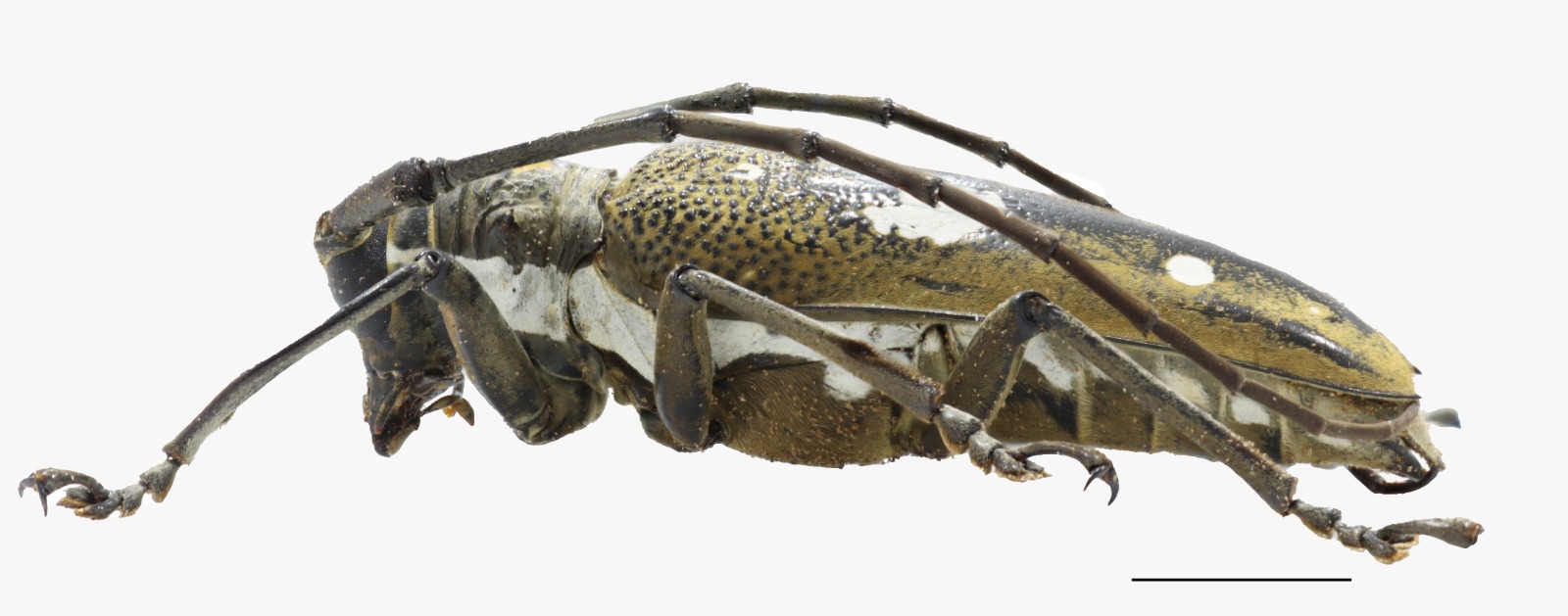Main Article Content
Abstract
Edible film is a packaging development for environmentally friendly food that is composed of organic ingredients, so it is safe for consumption. Polysaccharides, lipids and proteins that can be used to replaced synthetic packaging materials in edible film. Canna starch has the potential to be used as a building material because of its abundant presence, and the modification of chitosan into nanoparticles has antimicrobial properties and adds to the superiority of the film. The addition of fish oil to edible films is a solution to correct the deficiencies of edible film biocomposites, as a delivery system for nutrients and antimicrobials. The characteristics of good edible film have properties like other plastic packaging, namely being easy to shape, transparent, flexible, not easily damaged, and inexpensive.
Keywords: Edible fim, canna starch, nano chitosan, fish oil, characteristics
Article Details

This work is licensed under a Creative Commons Attribution-NonCommercial 4.0 International License.
Authors who publish with this journal agree to the following terms:- Authors retain copyright and grant the journal right of first publication with the work simultaneously licensed under a Creative Commons Attribution License that allows others to share the work with an acknowledgement of the work's authorship and initial publication in this journal.
- Authors are able to enter into separate, additional contractual arrangements for the non-exclusive distribution of the journal's published version of the work (e.g., post it to an institutional repository or publish it in a book), with an acknowledgement of its initial publication in this journal.
- Authors are permitted and encouraged to post their work online (e.g., in institutional repositories or on their website) prior to and during the submission process, as it can lead to productive exchanges, as well as earlier and greater citation of published work (See The Effect of Open Access).

